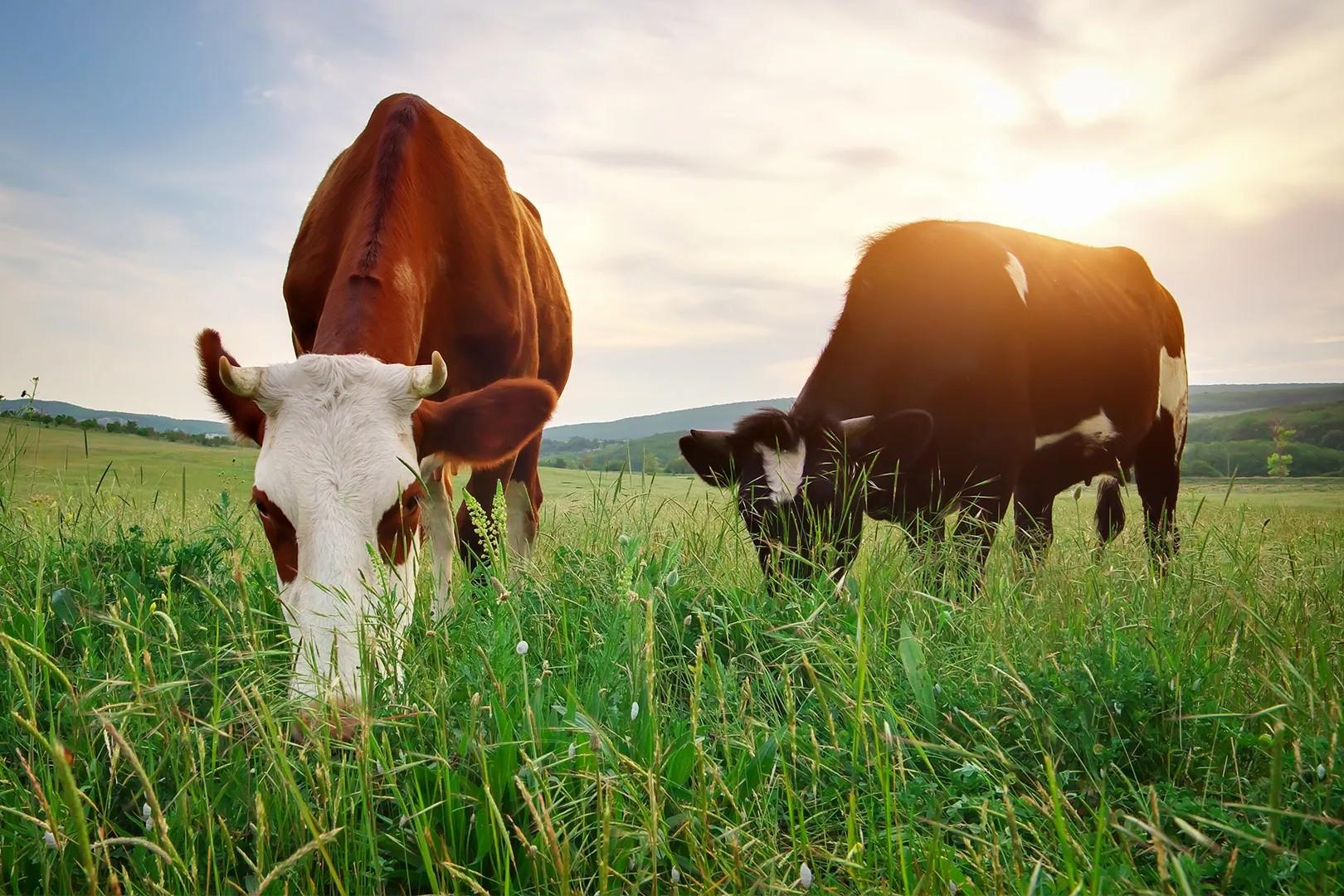
Grazing is more than just cows munching on grass. It's a vital part of agriculture and ecosystem management. Did you know that grazing helps maintain healthy soil and promotes plant diversity? Grazing animals like sheep, goats, and cattle play a crucial role in controlling invasive plant species. They also help recycle nutrients back into the soil through their manure. But there's more to grazing than meets the eye. From rotational grazing techniques to the benefits of mixed-species grazing, there's a lot to learn. Ready to dive into some surprising facts about grazing? Let's get started!
Grazing: An Overview
Grazing is a natural process where animals feed on plants, typically grasses. This activity plays a crucial role in ecosystems, agriculture, and even climate regulation. Let's explore some fascinating facts about grazing.
-
Grazing helps maintain grassland health by preventing overgrowth and promoting biodiversity.
-
Different animals have unique grazing patterns, affecting plant growth in various ways.
-
Rotational grazing, where livestock are moved between pastures, can improve soil health and reduce erosion.
-
Overgrazing occurs when plants are exposed to intensive grazing for extended periods, leading to land degradation.
-
Grazing animals, like cows and sheep, have specialized stomachs that allow them to digest tough plant material.
Types of Grazing Systems
Various grazing systems are employed worldwide, each with its benefits and challenges. Understanding these systems can help in managing land and livestock more effectively.
-
Continuous grazing involves keeping animals on a single pasture for an extended period.
-
Deferred grazing allows pastures to rest and recover by rotating animals to different areas.
-
Strip grazing uses movable fences to provide animals with fresh pasture sections regularly.
-
Mob grazing involves high-density stocking for short periods, mimicking natural herd movements.
-
Silvopasture integrates trees, forage, and livestock, offering benefits like shade and improved biodiversity.
Grazing and Ecosystems
Grazing impacts ecosystems in numerous ways, from plant diversity to soil health. These interactions highlight the importance of balanced grazing practices.
-
Grazing can help control invasive plant species by giving native plants a competitive edge.
-
Grazing animals contribute to nutrient cycling by breaking down plant material and returning nutrients to the soil.
-
Proper grazing management can enhance water infiltration and reduce runoff, benefiting water quality.
-
Grazing can create habitats for various wildlife species, promoting biodiversity.
-
In some regions, grazing is used as a tool for wildfire prevention by reducing fuel loads.
Grazing Animals
Different animals graze in unique ways, each contributing to the ecosystem in specific manners. Let's look at some common grazing animals and their roles.
-
Cows are primary grazers, consuming large amounts of grass and helping maintain pasture health.
-
Sheep are selective grazers, often preferring shorter grasses and forbs.
-
Goats are browsers, meaning they prefer shrubs and woody plants over grasses.
-
Horses have a different grazing pattern, often creating uneven pasture use.
-
Bison, once widespread in North America, play a crucial role in maintaining prairie ecosystems through their grazing habits.
Grazing and Agriculture
Grazing is integral to agriculture, providing numerous benefits to farmers and the environment. Here are some ways grazing supports agricultural practices.
-
Grazing can reduce the need for mechanical mowing, saving time and resources.
-
Livestock manure from grazing animals acts as a natural fertilizer, enriching the soil.
-
Grazing can help control weeds, reducing the need for chemical herbicides.
-
Integrating grazing with crop production can enhance soil health and increase farm productivity.
-
Grazing animals can help break up soil compaction, improving root growth and water infiltration.
Grazing and Climate Change
Grazing practices can influence climate change, both positively and negatively. Understanding these impacts is vital for sustainable land management.
-
Proper grazing management can sequester carbon in the soil, helping mitigate climate change.
-
Overgrazing can lead to soil erosion and loss of carbon storage capacity.
-
Grazing animals produce methane, a potent greenhouse gas, but proper management can reduce emissions.
-
Grazing can help maintain grasslands, which are important carbon sinks.
-
Sustainable grazing practices can enhance ecosystem resilience to climate change impacts.
Final Thoughts on Grazing
Grazing isn't just about animals munching on grass. It plays a crucial role in maintaining healthy ecosystems, supporting biodiversity, and even combating climate change. By understanding the different types of grazing, like rotational and continuous, we can make better decisions for land management. Grazing also impacts soil health, water retention, and plant growth. It's fascinating how something as simple as grazing can have such a profound effect on our environment. Whether you're a farmer, a student, or just someone curious about nature, knowing these facts can help you appreciate the intricate balance of our natural world. So next time you see a field of grazing animals, remember there's a lot more happening than meets the eye. Keep learning, stay curious, and let's work together to protect our planet.
Was this page helpful?
Our commitment to delivering trustworthy and engaging content is at the heart of what we do. Each fact on our site is contributed by real users like you, bringing a wealth of diverse insights and information. To ensure the highest standards of accuracy and reliability, our dedicated editors meticulously review each submission. This process guarantees that the facts we share are not only fascinating but also credible. Trust in our commitment to quality and authenticity as you explore and learn with us.
